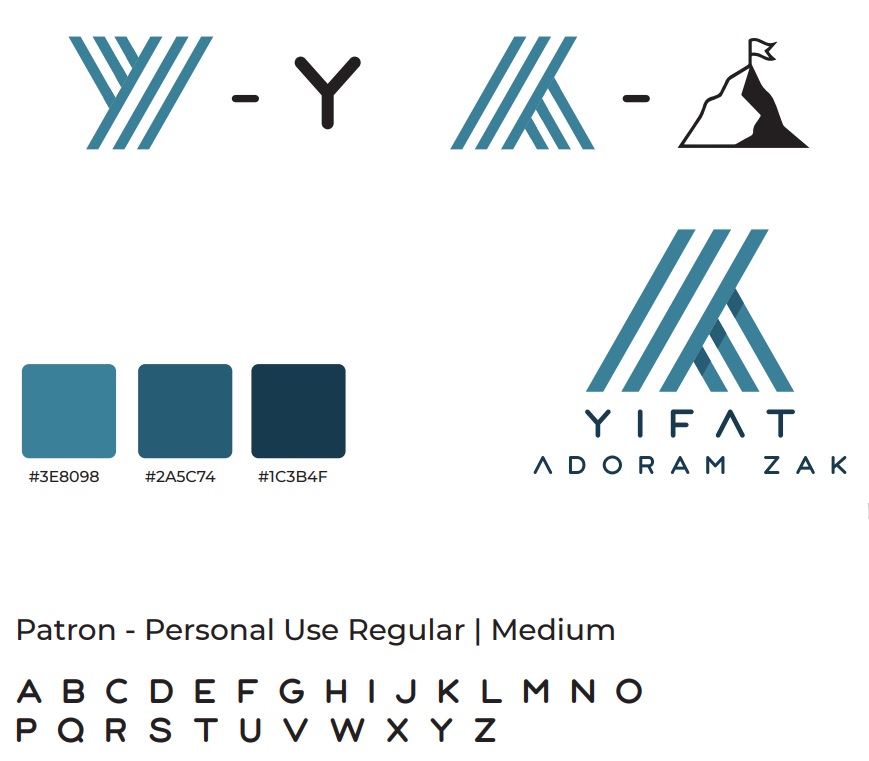
Digital content creation refers to the process of producing and publishing various forms of content in a digital format. It encompasses a wide range of media types, including text, images, videos, audio, and interactive elements. The primary purpose of digital content creation is to engage and inform online audiences, whether through websites, social media platforms, blogs, or other digital channels. Here are some key aspects and considerations in digital content creation: 1. Content Strategy: A content strategy outlines the goals, target audience, and overall approach for creating and distributing digital content. It helps ensure that content aligns with the organization’s objectives and resonates with the intended audience. 2. Planning and Research: Effective digital content creation involves thorough planning and research. This includes understanding the target audience, identifying relevant topics, conducting keyword research for SEO (Search Engine Optimization), and analyzing competitors’ content. 3. Content Formats: Digital content can take various formats, such as blog posts, articles, infographics, videos, podcasts, e-books, whitepapers, social media posts, and more. The choice of format depends on the nature of the content, the target audience’s preferences, and the platform being utilized. 4. Content Creation Tools: Numerous tools and software are available to facilitate content creation. These include word processors, graphic design tools, video editing software, audio recording and editing tools, content management systems (CMS), and social media management platforms. Selecting the right tools can enhance productivity and streamline the content creation process.


5. Visual Appeal: Visual elements play a crucial role in digital content creation. High-quality images, graphics, and videos can significantly enhance the user experience and capture attention. Visual content should be visually appealing, relevant to the topic, and optimized for various devices and screen sizes. 6. Engagement and Interactivity: Interactive elements, such as quizzes, polls, surveys, and interactive infographics, can encourage user engagement and participation. These features help capture attention, increase user interaction, and create a more immersive content experience. 7. Optimization and Promotion: Optimizing digital content for search engines (SEO) is essential for increasing visibility and attracting organic traffic. This involves using relevant keywords, optimizing meta tags, ensuring proper formatting, and building high-quality backlinks. Additionally, promoting content through social media channels, email newsletters, and other marketing efforts helps expand its reach. 8. Analytics and Iteration: Analyzing the performance of digital content is crucial for refining future content creation strategies. Measuring key metrics, such as page views, engagement rates, conversion rates, and social media shares, provides insights into content effectiveness. This data can guide future content creation efforts, allowing for continuous improvement. Digital content creation is a dynamic and evolving field that requires creativity, strategic planning, and a deep understanding of the target audience. By creating high-quality, relevant, and engaging content, organizations and individuals can effectively communicate their messages, build brand awareness, and connect with their online communities.
